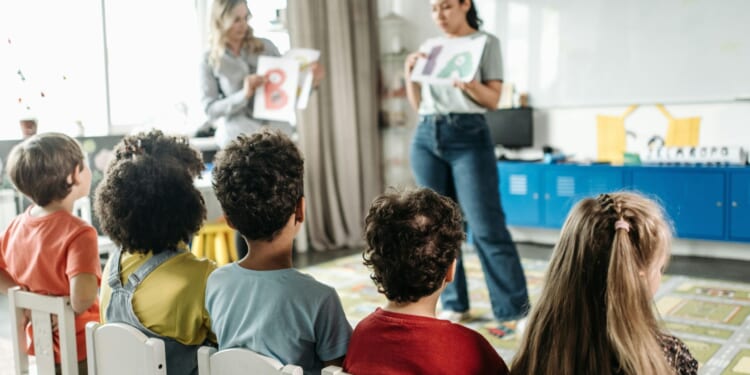Back in 2023, the “historic” DFL trifecta enacted a K-12 education bill which included a $2.2 billion hike in spending on schools. The bill indexed the per pupil funding formula to the rate of inflation in future years—capped at 3%—with a boost of 4% the following fiscal year and 2% the year after that; it included additional money to cover some of the costs of special education programs; there was money to recruit more teachers of color and hire more school psychologists; it awarded additional funding for stocking schools – including, notoriously, boys bathrooms – with menstrual products free of charge to students; and there was money for a supply of the opioid antagonist naloxone, in schools, for use in fentanyl overdoses.
“This entire bill is about investing in our future, in our Minnesota learners,” said Rep. Cheryl Youakim (DFL). “It’s our job as legislators to make sure that every one of our public schools are a healthy and safe learning environment for all of our kids.” With full control of the state government, the DFL was able to deliver on its 2022 campaign promise of “fully funding education.”
Two years on from “fully funding” Minnesota’s schools, CBS News reports:
School districts across Minnesota, from urban to rural communities, are asking taxpayers to approve new funding to shore up support.
There are eight dozen referendum requests before voters that include funding measures ranging from money for cybersecurity upgrades to new gymnasiums and fitness centers.
St. Paul Public Schools, the state’s second largest district, is seeking an increase to the operating levy — a per student spending formula — to rake in more than $37 million in additional revenue a year to plug a hole in their budget. For taxpayers with a $289,200 home, they will see a $309 annual increase in property taxes if the measure is approved, according to a city estimate.
Shakopee, Big Lake, Owatonna and Monticello and roughly three dozen more join St. Paul with similar measures seeking that boost to help with everyday costs.
If these measures don’t pass, Kirk Schneidawind, executive director of the Minnesota School Boards Association, warns that school boards will have:
…to look at whether it’s program reductions, staffing reductions. They may have to delay in-facility updates. Whenever you do construction, it seems like it doesn’t get cheaper the more you wait,” he said. “So I think that is part of the reason many of our districts feel the urgency or feel the need to get these passed.”
It was always rather suspicious that when one asked proponents of “fully funding” education what amount of money, exactly, that would require, they were generally loathed to tell you. The closest you ever got to an answer was “More.”
We have tested this to destruction. As my colleague Catrin Wigfall wrote recently, Minnesota has seen “continued and significant state spending increases on education and record-levels of federal aid” in recent years and yet “New assessment data released a week ago confirm the majority of Minnesota students are still below grade-level in reading and math” and “Third-grade reading proficiency has dropped for the fourth consecutive year, with now over 54 percent of third graders not meeting grade-level reading standards.”
These proposed property tax hikes might make more difference to homeowners than schoolkids.










